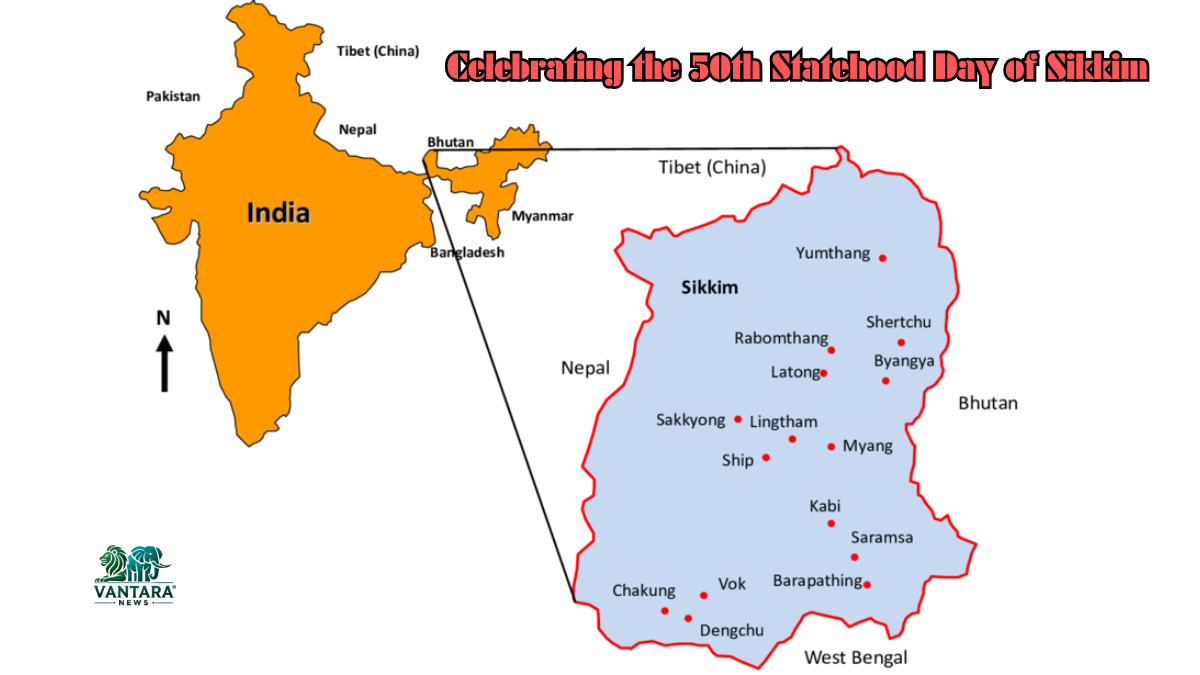Every year on May 16, the beautiful Himalayan state of Sikkim celebrates its Statehood Day. In 2025, Sikkim proudly marks its 50th Statehood Day of Sikkim, commemorating five decades since it officially became the 22nd state of India.
This article explores the history behind Sikkim’s integration into India and why the 50th Statehood Day of Sikkim is such a significant milestone.
A Brief History of Sikkim
Founding as an Independent Kingdom
Sikkim was established as an independent Buddhist kingdom in 1642 by Phuntsog Namgyal, the first Chogyal (king).
Protectorate Era
During the 19th century, Sikkim came under British protection. After India gained independence in 1947, Sikkim became an Indian protectorate, where India managed its defense and foreign affairs, while Sikkim retained internal autonomy.
The Road to Statehood
The Push for Democracy
In the early 1970s, there was growing demand among Sikkimese people for democratic reforms and an end to monarchy.
The Referendum of 1975
A referendum held in 1975 showed overwhelming support (about 97%) for joining India as a full-fledged state.
May 16, 1975: Sikkim Becomes India’s 22nd State
Following the referendum, on May 16, 1975, the Indian Parliament passed the necessary constitutional amendment to formally integrate Sikkim as the 22nd state of India.
Why the 50th Statehood Day of Sikkim Is Special
- It marks 50 years of Sikkim’s democratic governance under the Indian Union.
- It celebrates Sikkim’s peaceful and successful integration into India.
- It reflects five decades of development, cultural richness, and unity.
Key Facts About Sikkim
- Capital: Gangtok
- Official Languages: Nepali, Bhutia, Lepcha, English
- Predominant Religion: Buddhism
- Famous Tourist Attractions: Nathu La Pass, Yumthang Valley, Gurudongmar Lake
Conclusion
The 50th Statehood Day of Sikkim is a proud reminder of the state’s journey from a small Himalayan kingdom to a vibrant and integral part of India. It symbolizes growth, harmony, and democracy.













